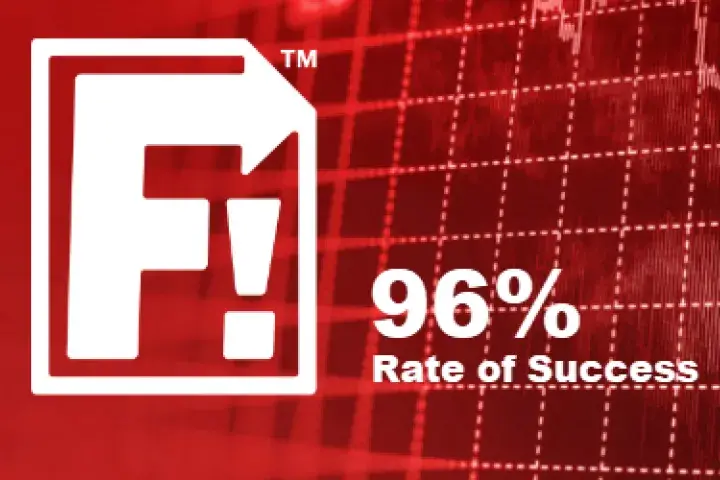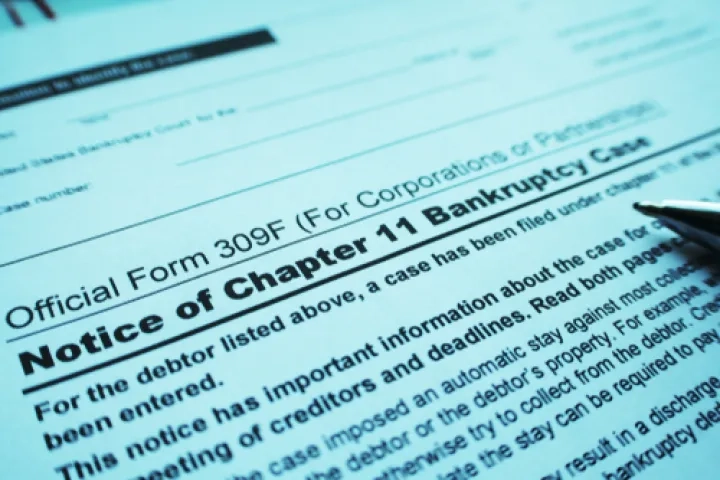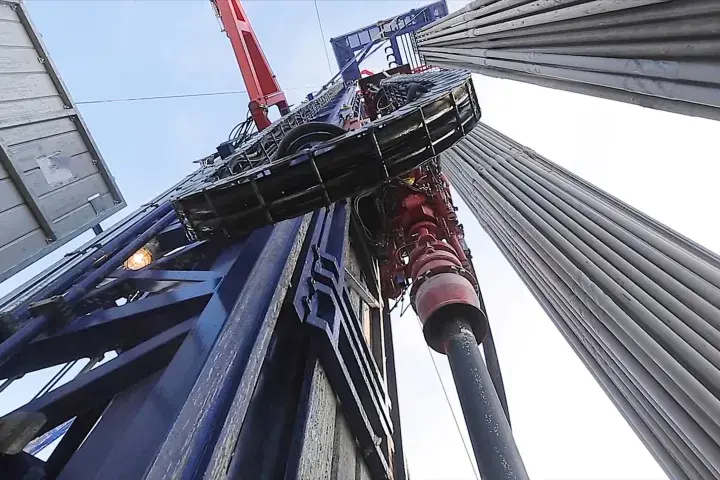Avoid the crash: not having a daily risk download like what we provide subscribers with our proprietary FRISK® score, when world events like armed conflict are changing industry every day, is like flying a plane without instruments through a hurricane.
Resources
Stay Ahead With In-Depth Analytics on Public And Private Companies


The new FRISK® Stress Index is a fast, powerful way to see risk levels of industries, countries or your portfolio.

The automotive industry faces financial distress, with rising consumer auto loan defaults, supplier bankruptcies, and widespread high-risk conditions. Recent PAYCE® Score data from SupplyChainMonitor™ revealed four private company bankruptcies and identified over 600 U.S. automotive firms in High Risk status. Sourcing professionals can map suppliers, monitor financial health, and receive early alerts on critical disruptions - such as the Novelis plant fire and financial strain at HP Pelzer and Superior Industries.

Commercial bankruptcy filings trended higher in 2024, with FRISK® Scored bankruptcies reaching 215 – an increase from 191 in 2023. For eight years, the FRISK® Score demonstrated 96% accuracy in predicting bankruptcy.

Our FRISK® score is the engine that powers public company bankruptcy risk avoidance. With that in mind, we look at Briggs & Stratton and we see the potential for failure.

Net Loss: Mile-high WiFi provider Global Eagle Entertainment Inc. has gone bankrupt, which is something our FRISK® score predicted could happen.

Floored by this bankruptcy? If you paid attention to Armstrong Flooring, Inc.'s FRISK® score in recent months, you wouldn't have been surprised by their Chapter 11 filing.

Cloud management services provider Tintri, Inc.'s elevated bankruptcy risk was signaled well in advance by our proprietary FRISK® score.

Are the Rockies tapped? According to our FRISK® score, Denver-based natural gas giant HighPoint Resources Corporation is showing signs of major financial duress.